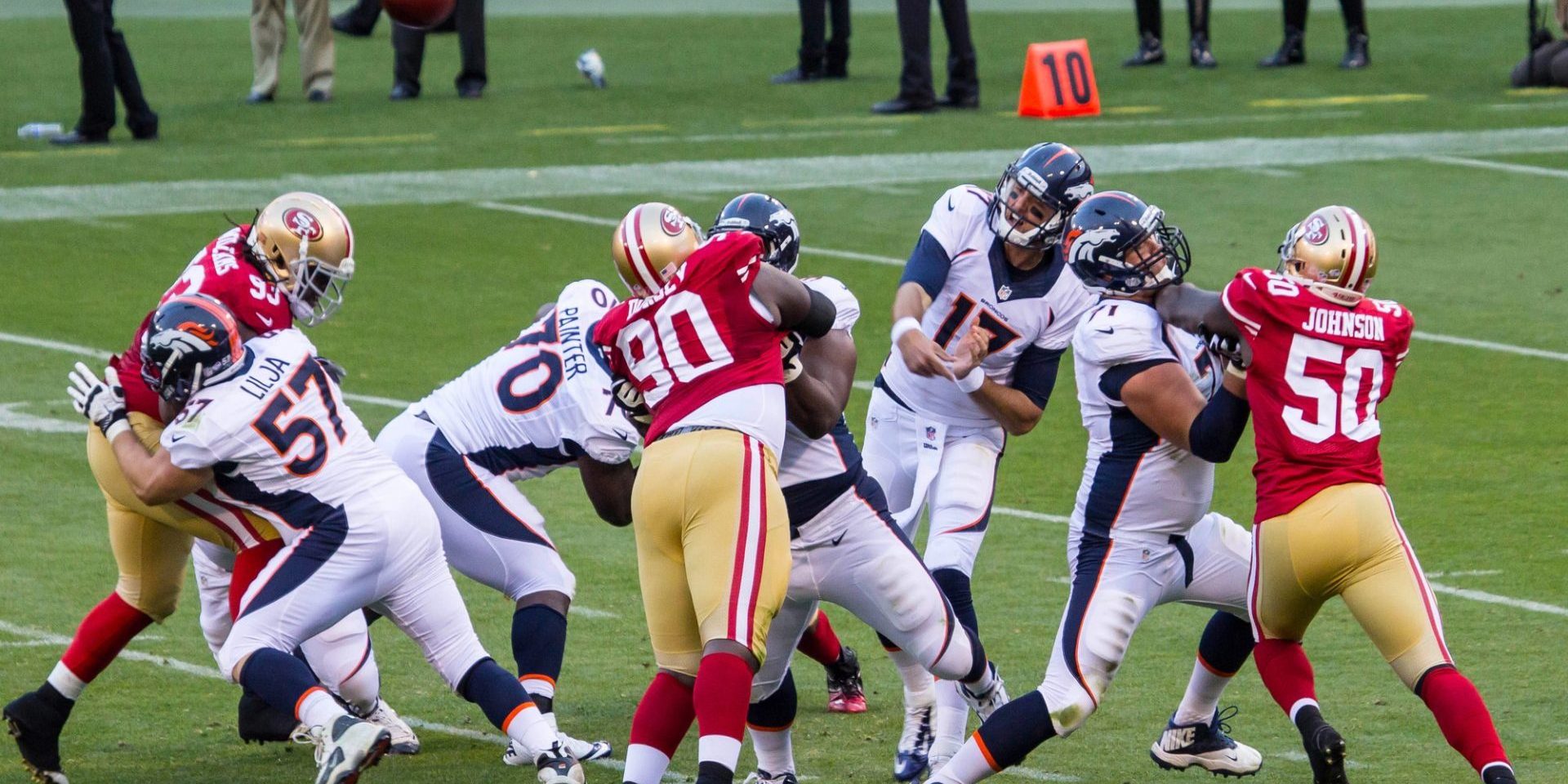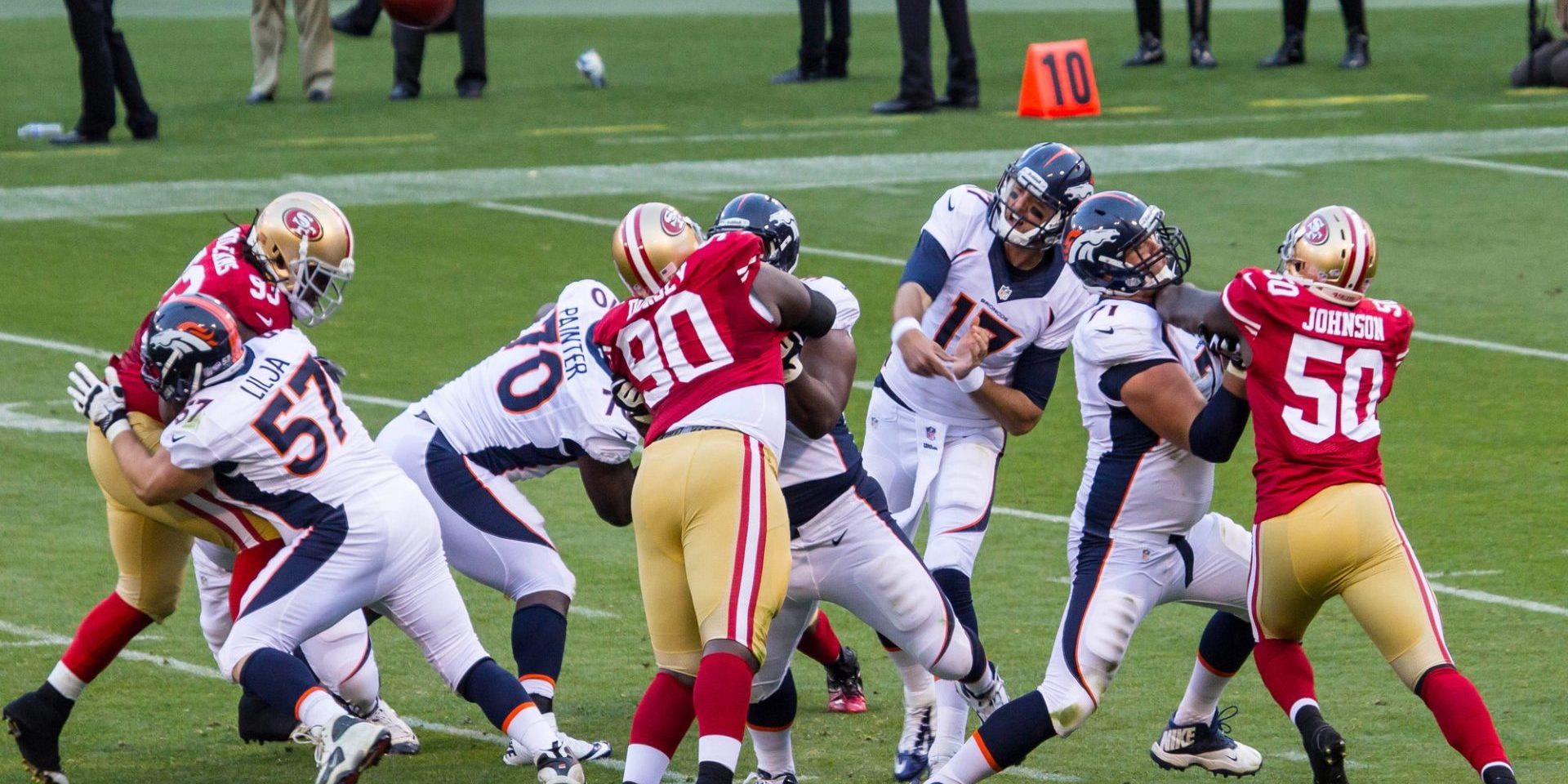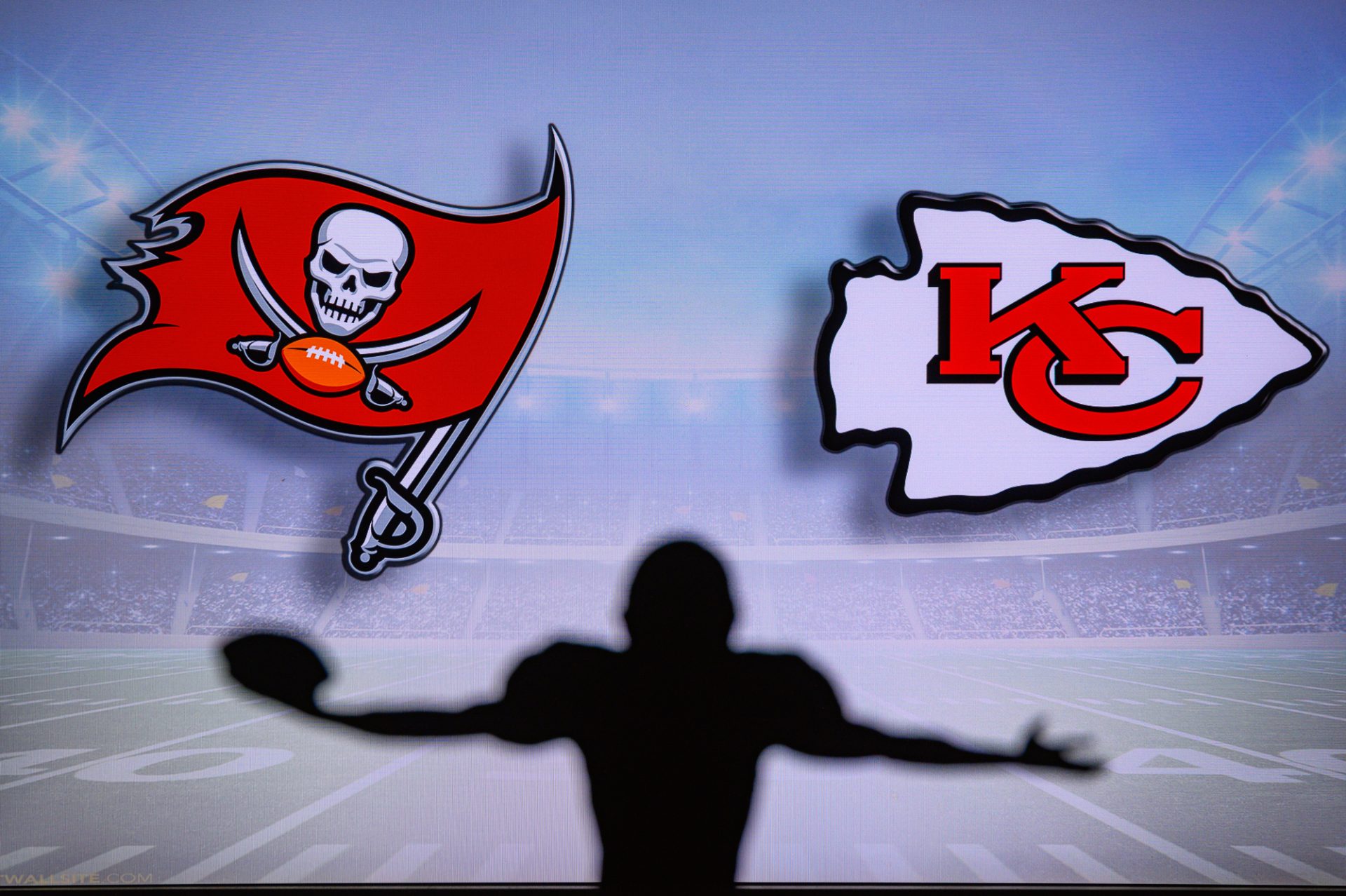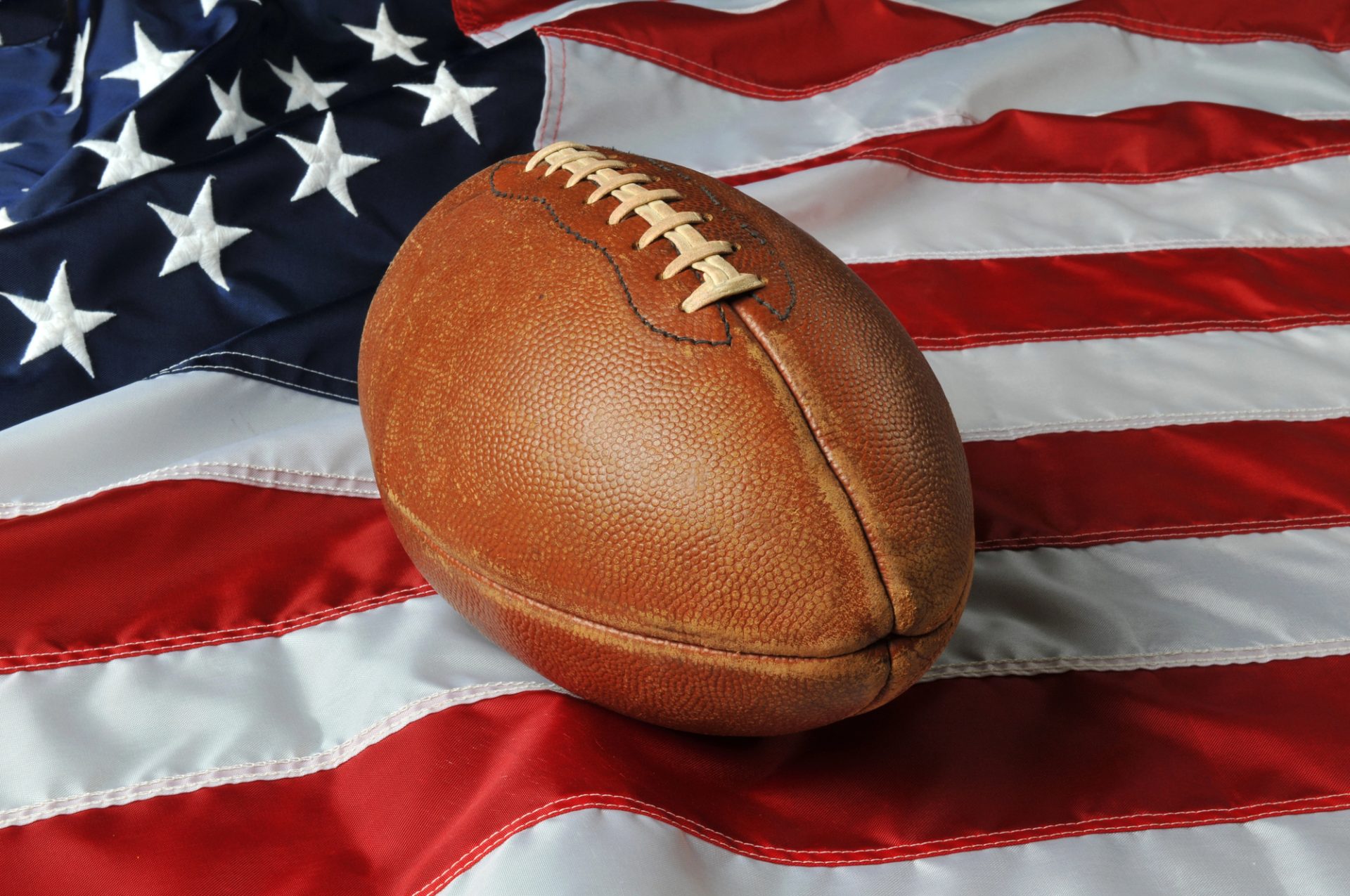The History of NFL Defensive Schemes: From the 4-3 to the Modern Hybrid Defenses


Table of Contents
NFL defensive schemes have undergone significant evolution since the league’s inception. The 4-3 defense, featuring four linemen and three linebackers, dominated for decades as the primary formation. This alignment provided a balanced approach to stopping both the run and pass, making it a versatile choice for many teams.
As offenses became more sophisticated, defenses adapted. The 3-4 scheme gained popularity, utilizing three linemen and four linebackers to create confusion for opposing offenses. This shift allowed for more flexibility in pass rushing and coverage options.
In recent years, hybrid defenses have emerged as a response to increasingly diverse offensive strategies. These schemes blend elements of multiple formations, allowing defenses to quickly adjust to different offensive looks. The rise of hybrid defenses reflects the NFL’s constant tactical evolution and the need for adaptability in modern football.
Evolution of NFL Defensive Schemes
NFL defensive schemes have undergone significant changes since the league’s inception. These changes reflect adaptations to offensive innovations and the shifting skills of players.
The Early Years and the 4-3 Front
The 4-3 defense emerged as a dominant scheme in the 1950s. Tom Landry, while working as a defensive coordinator for the New York Giants, popularized this formation. It featured four defensive linemen and three linebackers.
The 4-3 relied on a strong defensive line to pressure the quarterback and stop the run. The middle linebacker played a crucial role, often called the “quarterback of the defense.” This scheme allowed for flexibility in pass coverage and run defense.
Teams like the Dallas Cowboys and Minnesota Vikings found great success with the 4-3 in the 1960s and 1970s. It remained the standard defensive alignment for decades due to its versatility and effectiveness against both the pass and run.
The Rise of the 3-4 Defense
The 3-4 defense gained popularity in the 1970s and 1980s. This scheme used three defensive linemen and four linebackers. It offered more flexibility in creating pressure and disguising blitzes.
Bill Belichick played a key role in developing and refining the 3-4 defense. The scheme required versatile players, particularly at the outside linebacker positions. These players needed to excel in both pass rushing and coverage.
The 3-4 allowed defenses to better adapt to offensive formations. It became particularly effective against the increasing use of the passing game in the NFL. By 2024, the 3-4 had become the most common defensive alignment in the league.
Key Defensive Strategies and Coordinators
Defensive innovations in the NFL have shaped the game’s evolution. Coordinators have developed schemes to counter evolving offenses, creating a chess match on the field.
The Tampa 2 and its Influence
The Tampa 2 defense, popularized by the Tampa Bay Buccaneers in the late 1990s and early 2000s, revolutionized NFL defenses. This scheme, a variation of the Cover 2, featured two safeties deep and the middle linebacker dropping into coverage.
Key players like Warren Sapp and Derrick Brooks were instrumental in its success. The Tampa 2 excelled at limiting big plays while allowing defenders to keep plays in front of them.
This defense relied on a strong front four to generate pressure without blitzing. It became widely adopted across the league, influencing defensive strategies for years to come.
Revolutionizing the Blitz: Zone Blitz and Beyond
The zone blitz, introduced by Dick LeBeau, added a new dimension to defensive pressure. This strategy involved dropping linemen into coverage while blitzing linebackers or defensive backs, creating confusion for offenses.
Zone blitzes aimed to generate pressure while maintaining solid coverage. This approach proved effective against both the run and pass, making it a versatile tool for coordinators.
Modern defenses have built upon this concept, creating hybrid schemes that blend man and zone coverages. These adaptable defenses allow coordinators to disguise their intentions and keep offenses guessing.
Adaptation to Modern Offenses
NFL defenses have undergone significant changes to counter evolving offensive strategies. These adaptations focus on versatility and speed to match up against spread formations and dynamic playmakers.
Shadowing the Spread Offense
The rise of spread offenses forced NFL defenses to adjust their personnel and schemes. Defensive backs gained importance as teams began using nickel defenses more frequently. This alignment, featuring five defensive backs, became a staple against three and four-receiver sets.
Defensive coordinators emphasized speed and athleticism in their players. Linebackers became lighter and quicker to cover more ground in pass defense. Safeties took on expanded roles, often playing closer to the line of scrimmage to defend against both run and pass.
Coverage schemes evolved to counter spread concepts. Pattern-matching zones replaced traditional spot-drop coverages. This approach allowed defenders to play more aggressively while maintaining zone principles.
Hybrid Defenses: Flexibility and Complexity
Modern NFL defenses prioritize adaptability through hybrid schemes. These defenses blend elements of 3-4 and 4-3 fronts, creating confusion for opposing offenses. Players now must master multiple positions and techniques.
Defensive linemen are expected to rush the passer and drop into coverage. Edge defenders alternate between standing up and putting their hand in the dirt. This flexibility allows defenses to disguise their intentions pre-snap.
Coordinators implement complex coverage rotations to confuse quarterbacks. Safeties might start in a two-high look before rotating to single-high or coming down to play man coverage. These varied looks aim to slow down quick-passing games and create hesitation in opposing quarterbacks.





